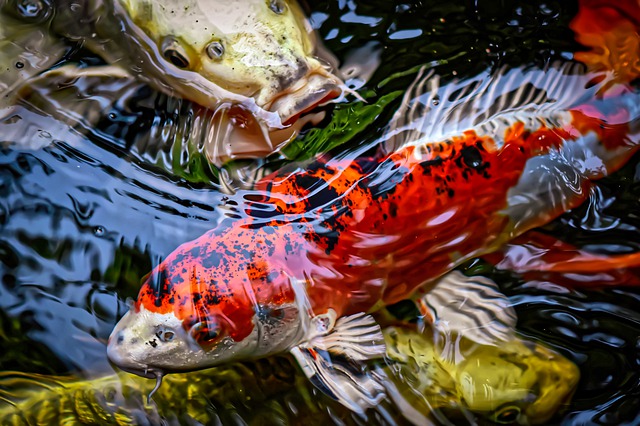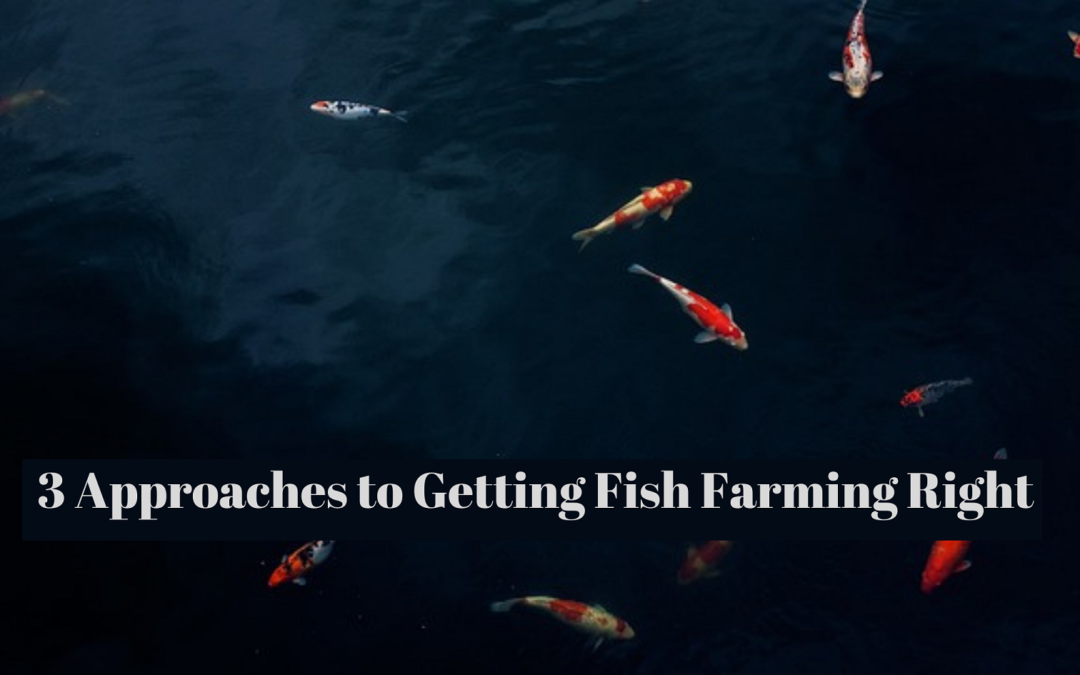Seafood makes up to one-sixth of all the animal-based proteins that are consumed around the world. The global increase in demand for seafood has led to increased demand for sustainable aquaculture. Production of seafood through aquaculture has increased through the years and the trend is likely to continue so as to meet the protein demands for the increasing global population.
Is sustainable Growth of Aquaculture Viable?
The increase in aquaculture production without much increase in the industry’s efficiency has the potential of impacting the environment greatly. Unless other sustainable practices are adopted to help boost productivity, the limited availability of water, land, and feed may constrain the growth of aquaculture. The environmental impact of aquaculture farming is one of the biggest challenges that the industry faces and sustainable aquaculture practices should be encouraged to help address its impact.
Here are some of the approaches that can help get aquaculture growth right;
Investing in Technological Innovation and Transfer
Aquaculture is a young industry and comes decades behind livestock farming. More research is therefore needed towards the development of new ideas, techniques, and sustainable methods in disease control, breeding, weed control, and feeding. Investing in technological innovation that can play such a major role in the development of low-impact production systems that can result in improvements in breeding technology, feeds and nutrition, and disease control can greatly help with complementing the traditional knowledge and improving efficiency.

Technology has always played a significant role in sustainable agriculture and almost in every part of the world, more development in scientific research is needed whether by the individual farmers, research institutions, or by the government. Some of these innovations have contributed to some of the productivity gains that have been realized. For example, the adoption of high-quality pelleted feed in Vietnam unlocked a high production and intensification of catfish. Between the periods 2000 and 2010, the production of catfish grew from 50,000 tons to 1 million tons.
Reduced Dependency on Ocean-Caught Fish as Feed
The use of wild-caught juvenile fish from the ocean to be used as feed in aquaculture farming is never sustainable. It takes a huge number of wild-caught fish to feed the fish farmed in aquaculture farms. According to a study by Journal Nature, over three pounds of wild fish is required to help produce one pound of the marketable farmed salmon. Shifting from the fish-based or oil-based feed to the plant-based feed that’s grown in sustainable farms can be a great step towards sustainability. Fish farming can ease great pressure on the marine ecosystem if large amounts of wild fish are not utilized in making feeds.
Leverage use of the Latest Information Technology
The advances made in satellite and mapping technology, open data, ecological modeling, and connectivity make it possible for planning systems and global-level monitoring that encourage sustainable development of aquaculture. Fish farming industries can therefore plan for and also demonstrate sustainability. Data analytics can be used to help with reducing the feed conversion ratio which typically is the amount of feed given over the weight gained.
By joining our EAT Community, you’ll be able to interact and learn from a team of expert farmers. You will be able to gain more insight into how you can improve your fish farming.



